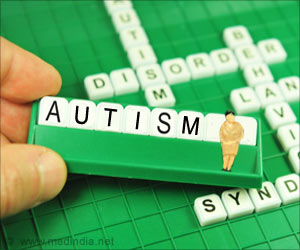This is the first direct evidence that much of the increase may be attributable merely to a reclassification of individuals with related neurological disorders.

Scientists analyzed 11 years of special-education enrollment data on an average of 6.2 million children per year. They found no overall increase in the number of students enrolled in special education. The research team also found that the increase in students diagnosed with autism was offset by a nearly equal decrease in students diagnosed with other intellectual disabilities that often co-occur with autism. Therefore, what may appear to be an epidemic of autism is more likely the result of shifting patterns of autism diagnosis over the years.
Lead researcher Santhosh Girirajan, assistant professor of biochemistry and molecular biology and of anthropology at Penn State, said, "The high rate of co-occurrence of other intellectual disabilities with autism, which leads to diagnostic reclassification, is likely due to shared genetic factors in many neurodevelopmental disorders. Every patient is different and must be treated as such. Standardized diagnostic measures incorporating detailed genetic analysis and periodic follow up should be taken into account in future studies of autism prevalence."
The study appeared in the American Journal of Medical Genetics.
Source-AFP
 MEDINDIA
MEDINDIA




 Email
Email







